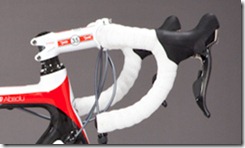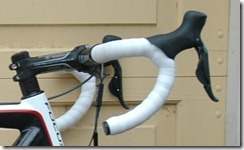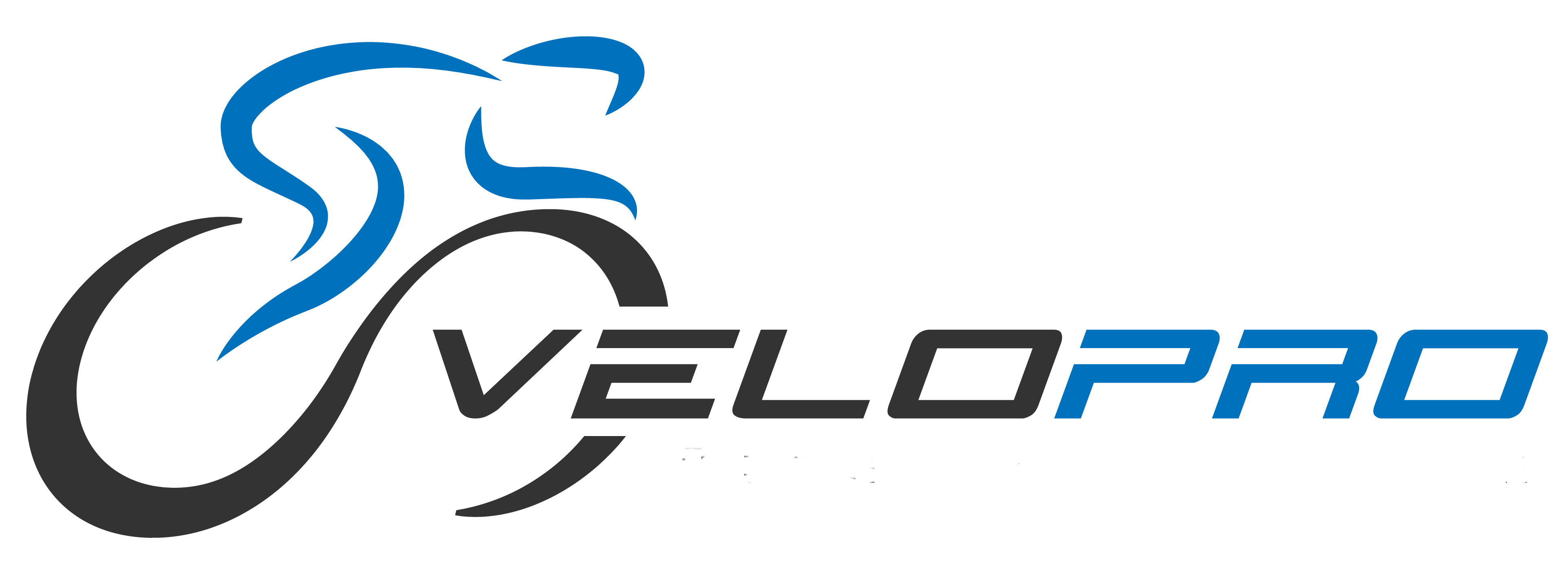Cyclocross Basics, Part 1
A few weeks ago, an athlete contacted me asking for a few private coaching sessions on the basics of cyclocross. Those sessions seem to have worked as today he won his category at the Cross Crusade Rainier and now he has to upgrade!
Although there is no substitute for some hands-on practical cyclocross coaching, I thought I would outline in writing what we worked on. It's a good start for anyone who is getting into the sport and a nice reminder for those who have been in it a while and may have developed some bad habits or lost a bit of the flow. I'll write more on the latter in a later installment.
Here is what we covered in the first session:
- Bike fit
- Low-speed, high-traction corners
- Low-speed, low-traction corners
- High speed corners
- Bunny hops
- Intervals for CX preparation
Let's review one topic at a time.
Bike Fit
A properly fitted CX bike should feel a bit different than your (properly fitted) road bike. Individual fit is very specific and the following will not apply to everyone. It's best to find a qualified fitter in your area and have that person do a specific fit for your CX bike.
That said, your CX bike's saddle will likely be a bit forward compared to your road bike. The height, however, should be the same from the pedal to the saddle top, accounting for the difference in shoe and pedal systems.
Next, check your handlebars. Some riders prefer to have about the same reach as on their road bikes, but with a saddle/handlebar drop that is less than on a road bike. Others prefer to have a shorter reach with the same drop, or a bit less. It depends a bit on your flexibility as well as on the bike itself. If you're not positioned on the bike the way it is designed for you to be, it won't handle optimally. Finally, since a lot of time is spent on the brake levers in 'cross, many riders run their bars and/or brake levers a tilted slightly more upward than on their road bikes. I prefer to do this as well, but I also run compact bars so the drops are not simply along for the ride.
 |  |
| Typical road handlebar tilt and brake lever position. | CX handlebar tilt. Notice the levers are a bit higher relative to the bar tops. |
Low-speed, high-traction corners
Remember always to stay relaxed! This is the golden rule for all good bike handling. For these corners, brake and pedal at the same time. This sounds a bit silly, but the idea is to keep drive to the rear wheel so that it "pushes" you around the corner. The brakes counter the drive and together they help you balance.
Low-speed, low-traction corners
Brake early in slippery conditions so that you don't lock up your wheels on the approach to the corner. Make sure to keep the power on from about 1/4 of the way through the turn. Lean the bike instead of steering it. When the front end slides, keeping the power on will bring the bike back into line. RELAX and have confidence in your bike. It's designed to get you out of trouble, so let it. It is good to practice this in deep, loose gravel (remember, SLOW speed). Once you get used to the front wheel sliding a bit, it won't seem so scary.
High speed corners
Very similar to the road - relax your arms, stay low, lean and counter steer a bit. Keep your weight low and push downward on your outside leg, which should be at the bottom of the pedal stroke. Trust your tires and don't be afraid of a little sliding around. Relax.
Bunny Hops
Compress by crouching with your arms and legs, then spring upwards and lift the bike with you. First, focus on lifting both wheels at the same time, then focus on first the front wheel and then the rear in a rocking-horse motion. The former is useful for low obstacles, while many prefer the latter for higher ones. You can even land your wheels briefly on the top of the obstacle as you roll over it. Set out some 2x4s on grass and practice. This is a great video example:
Intervals for CX Preparation
You have worked hard with your cycling coach and have been targeting CX all summer. You have done your endurance homework and built a nice foundation for day-to-day recovery. On this foundation you can build the House of Cross. It's not a church, but with weekly attendance, each Sunday your competition will kneel before the altar of your awesomeness.
If you are racing on Saturdays (and I encourage you to, since they are often low-key and casual), go hard on Tuesday and Wednesday and take Thursday completely off. This may change depending on your individual qualities of recovery and training load capability, but this is a good place to start. Here are a couple of sample workouts for you on these days:
#1:
WU (warm up): 20 mins easy/medium spin. Keep cadence high at 90_+ rpm.
MS (main set): Do three sets of 5 x 30 seconds at 100% effort with 30-second spin recoveries. Rolling starts, standing, big gear. Get to top end quickly. Cool down easily and stretch.
CD (cool down): 15 to 20 mins easy spin.
#2:
WU: 15 mins easy spin, L1.
MS: 3 sets of 5 x 20 seconds On FULL GAS, 10 seconds OFF with 4 minutes between sets.
CD: 15 mins easy spin, L1.
Start by only doing one interval day mid-week and another aerobic day. Ideally, make this a Tempo/SST. SST is "Sweet Spot Training" - high tempo/low threshold, or 87%-90% of your threshold capacity (the power or HR you can hold for 1 hour). Here is a good one:
WU: 15 mins easy spinning.
MS: First 30 mins - SST. Final 30 mins SST. Everything in between at L3 - Tempo.
CD: 15 mins easy spin. Easy!



